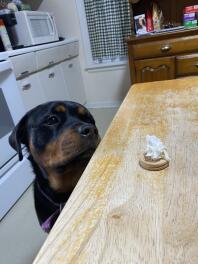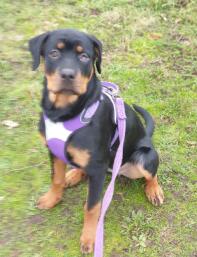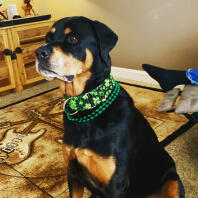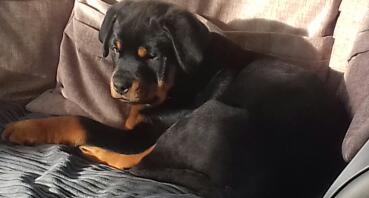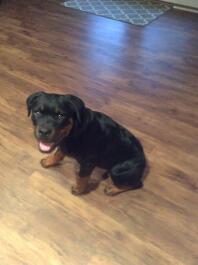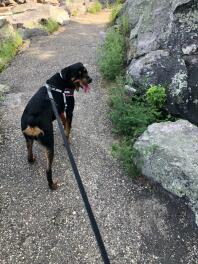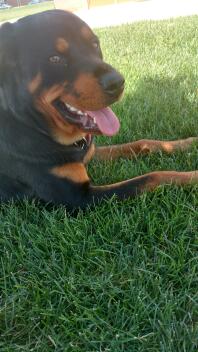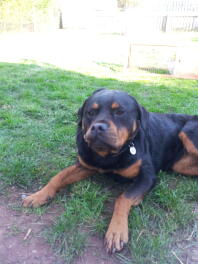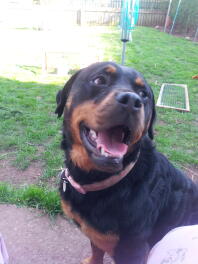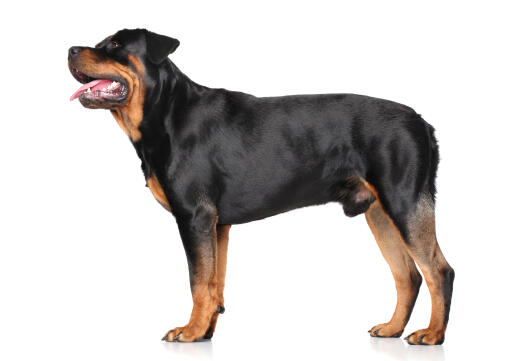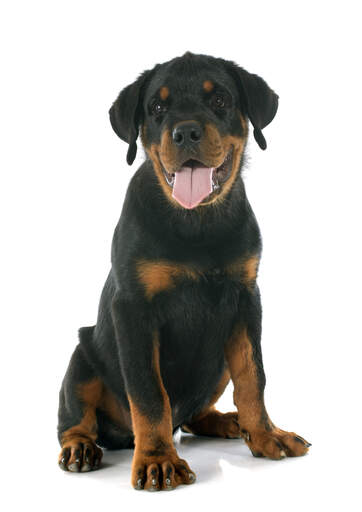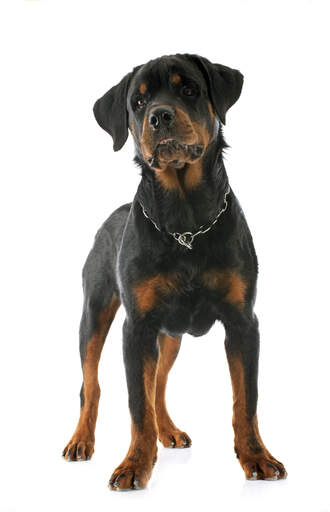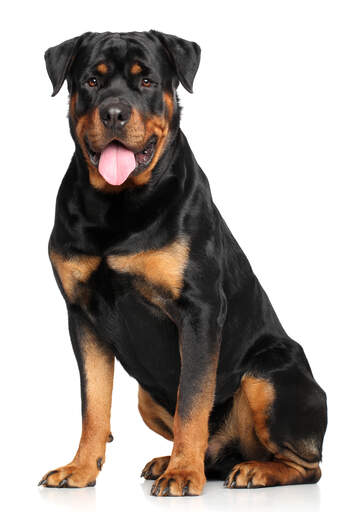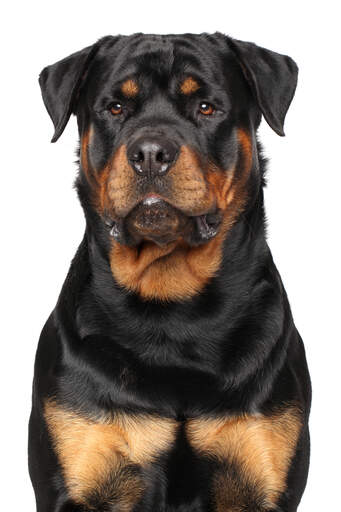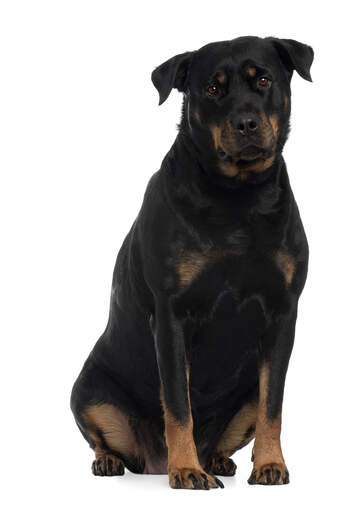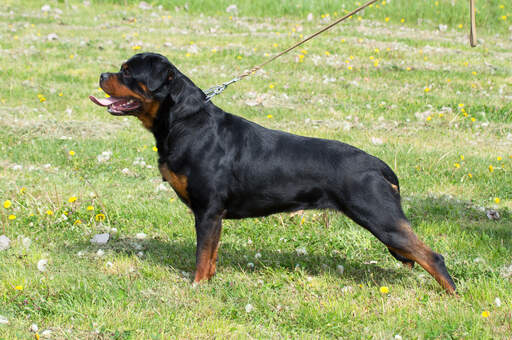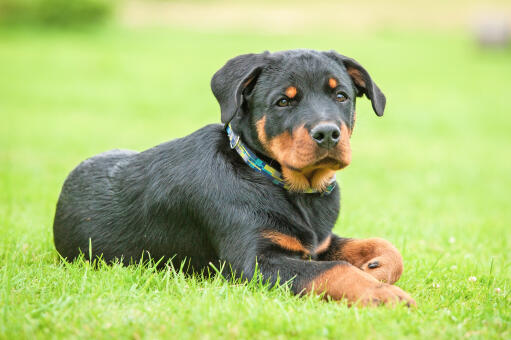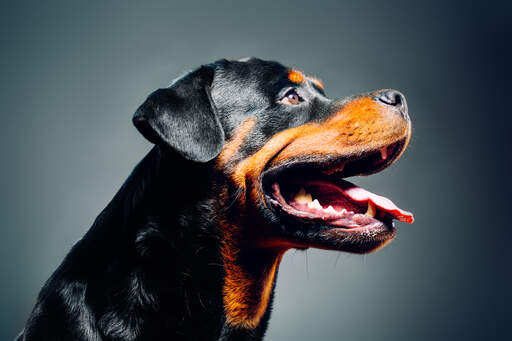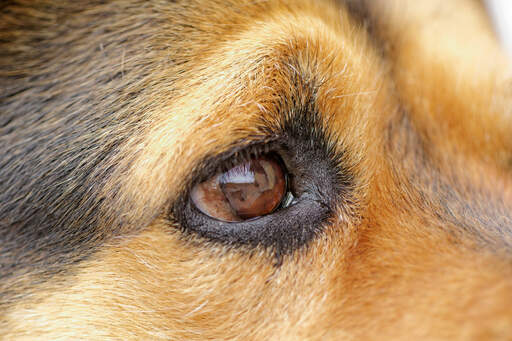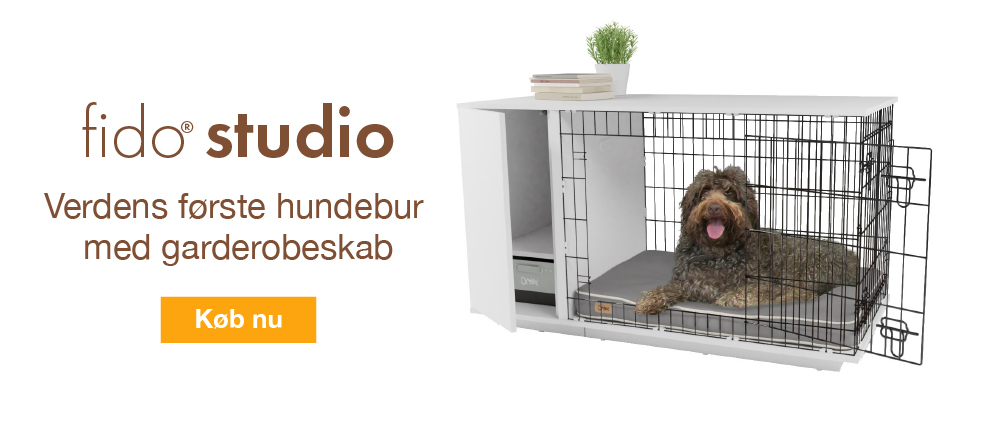Rottweiler hund










History
Probably originating as cattle droving dogs from the Romans, the Rottweiler began it's history in the town of Rottweil in Southern Germany. It was used not only to drive cattle to market, to pull meat carts for butchers, but also as a guard dog. Once supplies/cattle had been sold, the money was tied around the dogs' necks to keep it safe from thieves. With the introduction of the railways as a way to move cattle, the breed was in danger of extinction. In 1901, a breed standard was drawn up and numbers soon grew. It is one of the top twenty dogs in America.
Behaviour
Rottweilers are calm, dependable dogs, who are affectionate and loving towards their owners. They are good with children, but can sometimes 'lean' a little too much on toddlers and knock them over - purely by accident - they just want to be close. They will sometimes want to intervene if children are arguing as their protective instinct can kick in. If raised with cats, other pets and dogs they are fine, but un-neutered males can show aggression towards dogs of the same sex. Rotties are aloof with strangers, but not timid or nervous around them; they will watch from a distance, ready to intervene if they need to. Socialising your Rottweiler is important. Meeting new people, places, dogs and situations will make for a well rounded dog. Rottweilers are a strong, powerful breed who need firm, consistent training. There is a fine line between wanting to protect you and aggressiveness. They need to learn that you are in charge and not to question it. Their natural instinct is to guard and protect, but this has to be on your terms. Puppy classes start the road to obedience and make for good early socialisation. Enrolling in an adult dog class will also help reinforce your authority. Training should be calm and respectful; they are intelligent dogs and like to learn. Getting training right will result in a wonderful dog who is loyal, affectionate and very gentle. They learn quickly, so boundaries need to be set early on. They do well in agility, obedience, tracking and therapy work and need mental stimulation. Pleasing you is important to them. Rotties need moderate exercise and enjoy going for walks. They tend to stay quite close to you and rarely wander off. Walking off the lead in a dog park should not cause problems if properly socialised, but if in any doubt, keep the lead on. They can be greedy dogs, so watch carefully for signs of weight gain. They like being around people and do well if someone is in the house for most of the day; they can be left for short periods but can become destructive if they become bored.
Rottweilers have a short double coat that will shed, especially when they moult. Brushing a couple of times a week will sort out most of the dead hair. Getting them used to being brushed, checking ears, teeth and feet from an early age will help you (and the vet) when they are older. Rotties are a healthy breed, but sometimes Canine Hip Dysplasia, Elbow Dysplasia and Gastric Torsion (bloat) is seen.
Temperament
Rottweilers have a confident and headstrong temperament. It is important to socialise Rottweilers early as they need to understand that other dogs or strange people are not a threat to them and shouldn't be treated as such. A decent amount of exercise combined with regular and consistent training will help the Rottweiler develop into a disciplined companion.
Health Problems
Health problems that may affect Rottweillers include canine hip dysplasia (CHD), elbow dysplasia, luxating patella (dislocation of the knee cap), intervertebral disc disease (pressure on spinal cord that can cause paralysis), cancer (particularly bone cancer), bloat and epilepsy.
Breed Details
- Status: Common
- Life Expectancy: 8 - 12 years
- Vægt: 35 - 60 kg
- Højde: 22 - 24"
- Rare: Nej
- Coat: Lavt
- Grooming Requirements: Once a week
- Town or Country: Either
- Minimum Home Size: Large House
- Minimum Garden Size: Large Garden
- Breed Type: Working Dog
- Størrelse: Giant
- Energy Level: Medium
- Exercise Required: Over 2 hours
Billeder af Rottweiler
